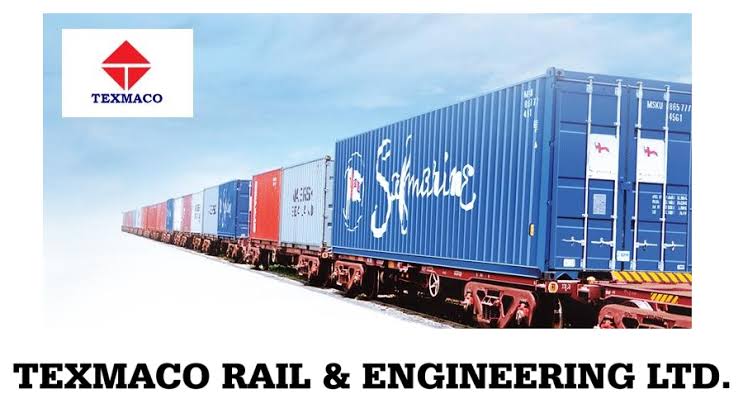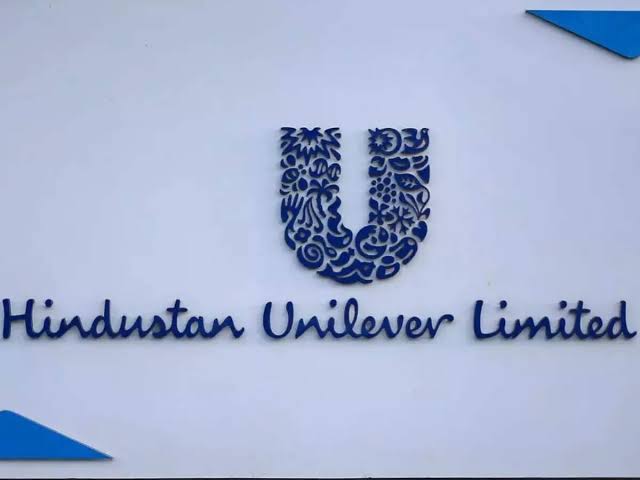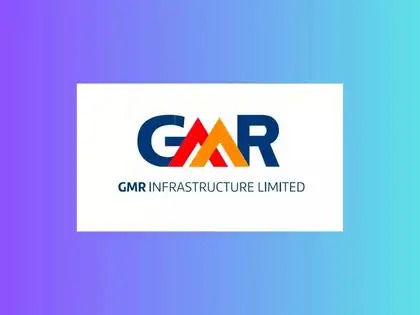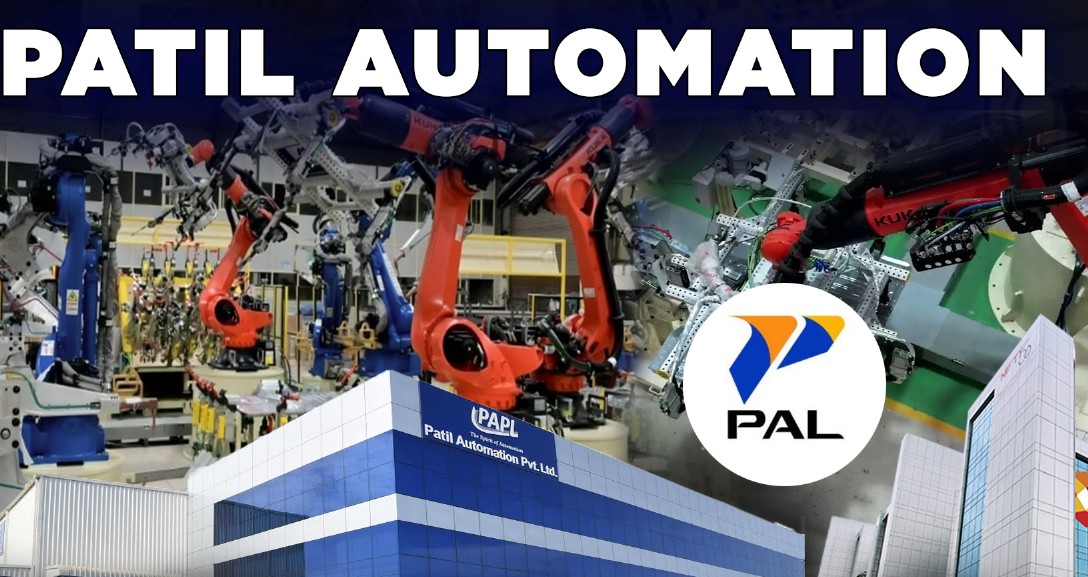
Follow WOWNEWS 24x7 on:
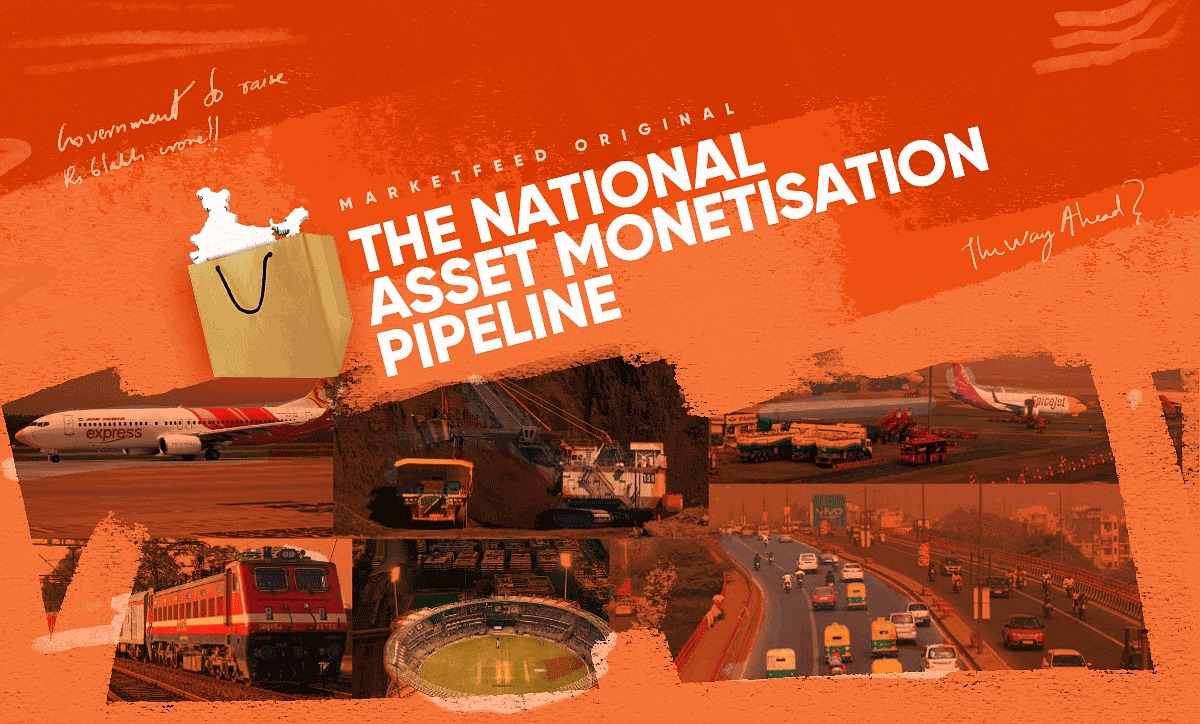
In a significant milestone for India’s economic reforms, the government has successfully raised Rs 1.42 lakh crore via asset monetisation up to the fiscal year 2024-25. This ambitious initiative reflects a growing focus on unlocking the value of public sector assets to fund infrastructure development, reduce fiscal deficits, and stimulate economic growth. The asset monetisation program, which encompasses various sectors including roads, railways, power, and urban infrastructure, continues to gain momentum as a core component of India’s financial strategy.
Key Highlights Of The Asset Monetisation Achievement
Total capital raised through asset monetisation efforts has reached Rs 1.42 lakh crore as of FY25, marking steady progress against set government targets.
The government’s monetisation framework targets monetising operational public assets through structures like Infrastructure Investment Trusts (InvITs), Real Estate Investment Trusts (REITs), and lease or sale arrangements.
The largest contributions have come from sectors such as highways, power transmission, and urban infrastructure, with notable projects including highway stretch divestments and airport privatizations.
Revenue generated from asset monetisation aids in funding new capital expenditure projects without increasing the fiscal burden through traditional borrowings.
The program supports the government’s broader objective of fiscal consolidation and enhancing infrastructure investment, crucial for sustaining long-term economic growth.
Strategic asset sales have attracted domestic and foreign institutional investors, signaling strong market confidence in India’s infrastructure potential.
The government continues to expand the asset monetisation pipeline, bringing more sectors and public assets under the initiative forecasted to drive further funding.
Sector-Wise Progress And Impact
Roads And Highways: This sector remains the frontrunner, contributing the largest chunk of monetisation proceeds. Toll-operate-transfer (TOT) projects and InvIT listings of highway assets have unlocked significant capital, enabling faster road network expansions.
Power Sector: Monetisation of power transmission lines and distribution utilities through InvITs has raised substantial funds, allowing reinvestment into renewable energy projects and grid modernization.
Urban Infrastructure: Airports, metro rail, and urban transport assets have been monetised through public-private partnerships and asset sales, improving efficiency and service quality while generating revenues.
Railways: Rail infrastructure monetisation is underway via dedicated freight corridors and asset utilisation programs, aiming to introduce private investment and operational efficiency.
Fiscal Health And Economic Implications
The Rs 1.42 lakh crore raised through asset monetisation presents a major boost to India’s fiscal health by reducing dependence on market borrowings. It enables more space for development spending, addressing infrastructure gaps, and enhances the credibility of India’s economic management.
Moreover, asset monetisation creates market discipline with better operational efficiencies as assets move to professional hands, fostering innovation and improved service delivery.
Challenges And Future Outlook
While the progress is commendable, challenges remain such as balancing public interest with commercial objectives, managing regulatory approvals, and maintaining transparency in asset valuation and sales.
The government plans to continue refining the monetisation model with greater investor participation, expanding asset categories, and facilitating smoother privatization processes.
Looking Ahead: Roadmap For Asset Monetisation
With a robust pipeline of assets and increasing investor appetite, the government targets raising over Rs 6 lakh crore in the coming years. This sustained momentum will play a critical role in funding India’s infrastructure ambitions, job creation, and economic resilience.
The asset monetisation strategy complements other reform initiatives, reinforcing India’s position as an attractive investment destination and sustainable growth engine.
Conclusion
The government’s Rs 1.42 lakh crore achievement in asset monetisation up to FY25 marks a transformative step in public asset management and economic policymaking. By unlocking value from existing assets, India is paving the way for enhanced infrastructure financing, fiscal discipline, and inclusive development, setting the stage for a prosperous future.
Source Names: Ministry of Finance India, Economic Times, Business Standard, Livemint, Press Information Bureau
